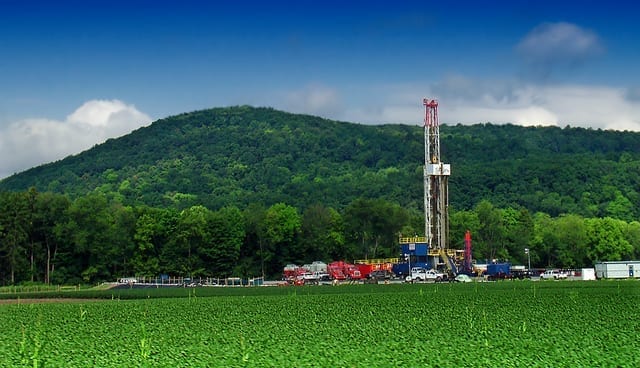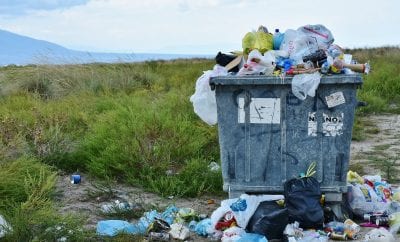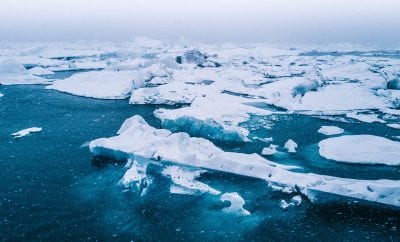
Lifestyle
Fracking: More harm than good?
Fracking has been in the news for the past decade or so, causing controversy between those who feel it is detrimental and damaging to the environment, and those who see it as untapped potential in recovering gas and oil. So what is fracking? Fracking involves drilling deep down into the earth and injecting a high-pressure water mixture, allowing for natural gas to flow out of the head of the well. The mixture is comprised of water, sand, and chemicals including detergents, salts, acids, alcohols, lubricants and disinfectants.
Proponents for fracking say the process of burning natural gases emits fewer greenhouse gases per unit of energy, as opposed to burning energy sources like coal or oil. Since fracking allows for natural gases to be gathered, some view it as a more environmentally friendly option.
One key concern regarding the environmental impact of fracking includes the vast amount of water needed in order to practice hydraulic fracking. According to research by Duke University, over 250 billions gallons of water were used to extract natural gas from the years of 2005 to 2014. In addition, hydraulic fracking has generated over 210 billion gallons of wastewater – wastewater disposal wells are theorized to cause an increase in earthquakes.
Another environmental impact is the risk of “slickwater”. This blend of water contains harmful chemicals that, once injected into the earth, often make their way into freshwater aquifers. This contamination can potentially poison wells, and other bodies of water used for fishing and agriculture. In addition to environmental concerns, there are also several social concerns that can affect neighboring populations where fracking occurs. Due to the need for large volumes of water, hydraulic fracking can put severe stress on local water supplies, especially during the driest and coldest times of the year. There is also the danger of potential spillage when mixing the chemicals into the “slickwater” mixture, that can contaminate local water supply. The drilling rigs used around the clock produce noises that could be heard within a 2.5 miles radius. This can be detrimental to the livelihood of surrounding communities.
Fracking is currently implemented in Los Angeles, Ventura, Sacramento, Santa Barbara; while Santa Cruz, Mendocino, Alameda, and San Benito have outlawed the practice. Environmentalists are advocating heavily for a statewide ban.





0 comments